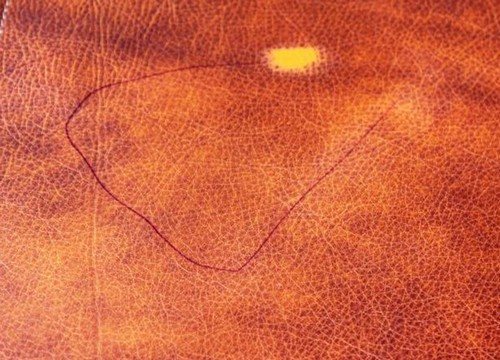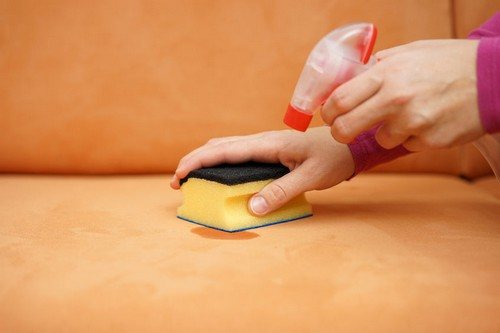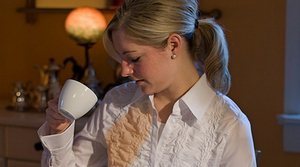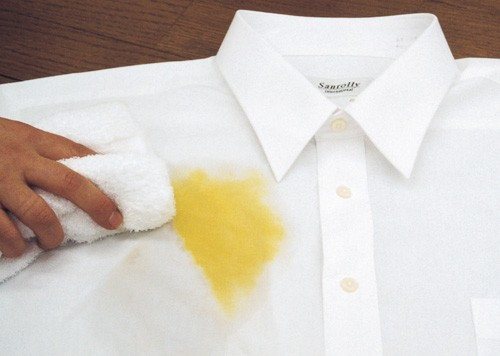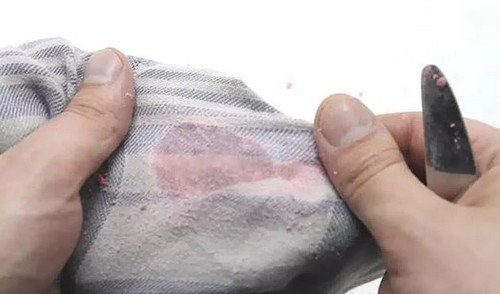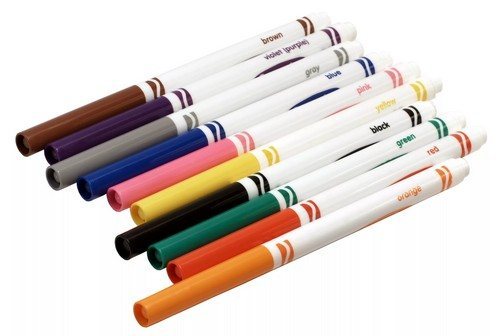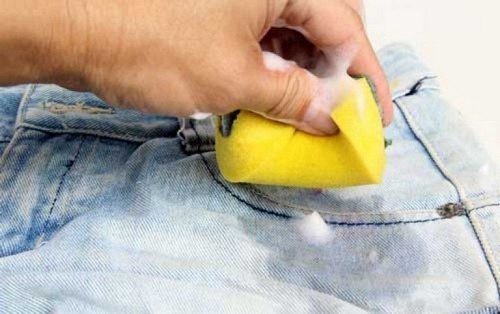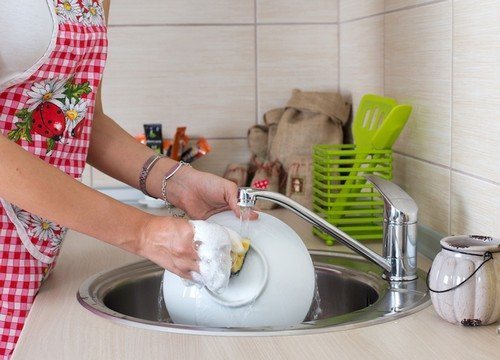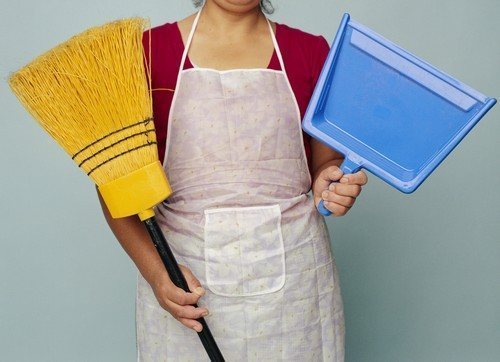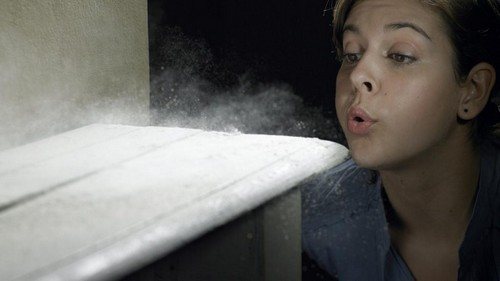Floor tiles find their application in almost every modern apartment. It is often used in areas where there is high humidity and places most susceptible to various types of dirt or grease splashes. But even on such a durable coating, stains can occur that are not so easily removed.
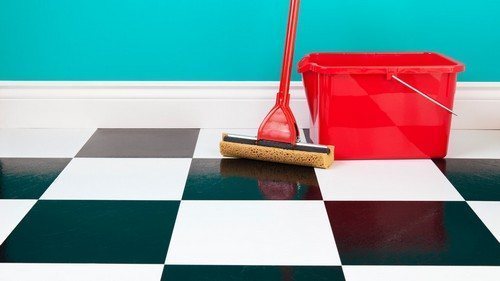
Now there are many types of cleaning chemicals that can act effectively, but they have their drawbacks. As a result of exposure to humans, it can cause an allergic reaction, damage to the respiratory tract and skin. It is also not always possible to wash off the product, even using large quantities of water. Therefore, many people abandon chemicals in favor of traditional methods of dealing with stubborn stains.
Hydrogen peroxide
A solution based on hydrogen peroxide can be called a very effective remedy. It allows you to cope with pollution of any origin. The composition includes 50 ml of peroxide, 100 g of baking soda and 10-15 ml of liquid soap. All elements must be mixed until smooth. If the stain is small, you can apply the mixture to it with a sponge and wipe it, then rinse the solution with water. If the contamination occupies a significant area of the floor covering and it is more old, then the product should be left for 15 minutes. During this time, the plaque will dissolve and can be easily removed.
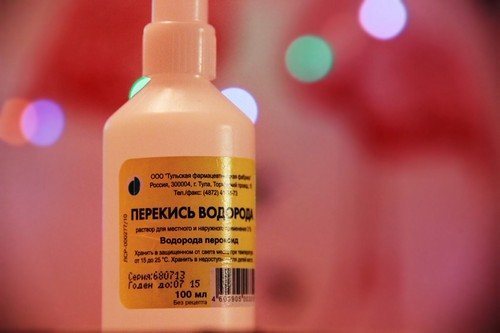
Lemon acid
The easiest way to get rid of dirt is lemon juice. It helps with the accumulation of lime and grease on the tiles. The problem area should be moistened generously with lemon, rubbing the surface with it and left for a while. You can also squeeze the juice from the fruit, add a little water to it and use the resulting concentrate with a spray bottle, spraying it. A pleasant bonus of this method will be the fragrant smell. Citric acid in powder form is suitable as a replacement. It is dissolved in warm water and used in the same way for processing. After removing impurities, lemon products are washed off with water.
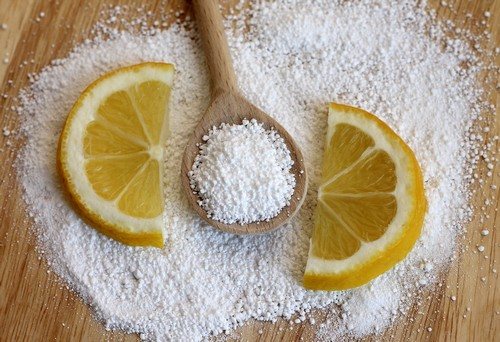
Ammonia
An ammonia solution helps fight plaque, dirt stains and mold formation. After application, there are no streaks left on the floor, and the tiles take on a shiny appearance. When preparing the concentrate, 125 ml of ammonia is used per 4 liters of water. First, it is recommended to wash the surface with a simple soap solution. After which the mixture with ammonia is applied with a napkin. After 10 minutes, wipe the tiles dry with a cotton cloth. It is recommended to alternate treatment with ammonia with more gentle methods.
Vinegar
Acetic acid effectively removes grease stains, plaque, mold and many other types of contaminants. Table vinegar with a concentration of 6% is used. The most convenient way to apply it to the surface is with a spray bottle. For serious stains, leave the vinegar for half an hour to break down the stains. Additionally, problem areas can be cleaned with a soft-bristled brush. At the end of the procedure, the floor tiles should be rinsed with warm water and excess moisture removed with a microfiber cloth.When using this method, you should be careful, as frequent use of vinegar can lead to corrosion of the seams between the tiles.
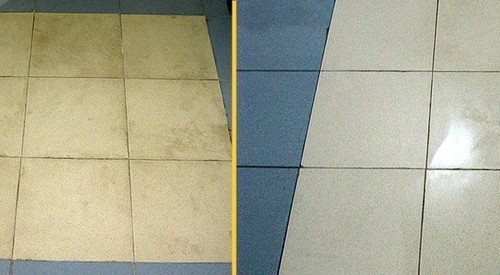
Soda
Baking soda can effectively combat serious stains, including grease. The method of use is quite simple - you need to wet the sponge, periodically dip it in the powder, and rub the surface of the tile. It is necessary to clean stains thoroughly, but without making much effort so as not to scratch the tile.
Baking soda and vinegar can be used together. The combined reaction of these components softens hard deposits of plaque and dirt.
Steam cleaner
The device removes stains from tiles even in hard-to-reach places. Under the influence of hot steam released under pressure, contaminants are heated and dissolved. This method allows you to deal with grease stains, plaque, mold and neutralize spores and harmful bacteria. Upon completion of treatment, the surface should be cleaned with a damp sponge and then wiped dry.
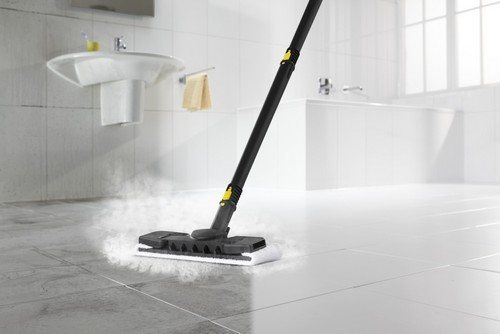
Removing stains from floor tiles is not an easy job, and these methods will help you cope.


